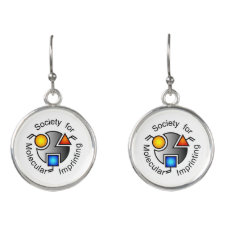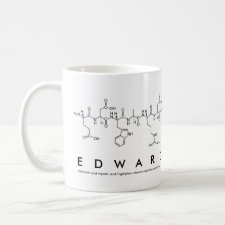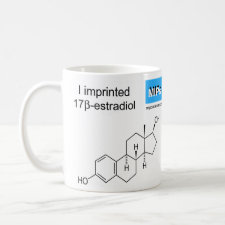
Authors: DeMaleki Z, Lai EPC, Dabek-Zlotorzynska E
Article Title: Capillary electrophoresis characterization of molecularly imprinted polymer particles in fast binding with 17β-estradiol.
Publication date: 2010
Journal: Journal of Separation Science
Volume: 33
Issue: (17-18)
Page numbers: 2796-2803.
DOI: 10.1002/jssc.201000257
Abstract: Abstract: Molecularly imprinted polymer (MIP) submicron particles were synthesized, using either ethylene glycol dimethacrylate or trimethylolpropane trimethacrylate as a cross-linker, specifically for recognition of 17β-estradiol (E2). HPLC with fluorescence detection (HPLC-FD) results showed that 90 (±5) % of E2 bound onto these particles after 2 min of incubation, and 96 (±3) % after long equilibrium. The binding capacity was 8 (±3) μmol/g for MIP particles prepared using ethylene glycol dimethacrylate, and 33-43 (±8) μmol/g for using trimethylolpropane trimethacrylate. CE separation of MIP and non-imprinted polymer particles was successful when 50 mM borate buffer (pH 8.5) containing 0.005% w/v EOTrol™ LN in reverse polarity (-30 kV) was used. The electrophoretic mobilities of MIP and non-imprinted polymer particles, together with dynamic light scattering measurement of particle sizes, allowed for an estimation of their surface charges. Automated injection of E2 and particles in mixture set a lower limit of 20(±1) s on incubation time for the study of fast binding kinetics. The presence of E2 and bisphenol A (BPA) together tested the selectivity of MIP particles, when the two compounds competed for available binding cavities or sites. Addition of E2 after BPA confirmed E2 occupation of the specific binding cavities, via displacement of BPA
Template and target information: 17β-estradiol, E2
Author keywords: Binding kinetics, CE, 17β-estradiol, molecularly imprinted polymer, submicron particles



Join the Society for Molecular Imprinting

New items RSS feed
Sign-up for e-mail updates:
Choose between receiving an occasional newsletter or more frequent e-mail alerts.
Click here to go to the sign-up page.
Is your name elemental or peptidic? Enter your name and find out by clicking either of the buttons below!
Other products you may like:
 MIPdatabase
MIPdatabase









